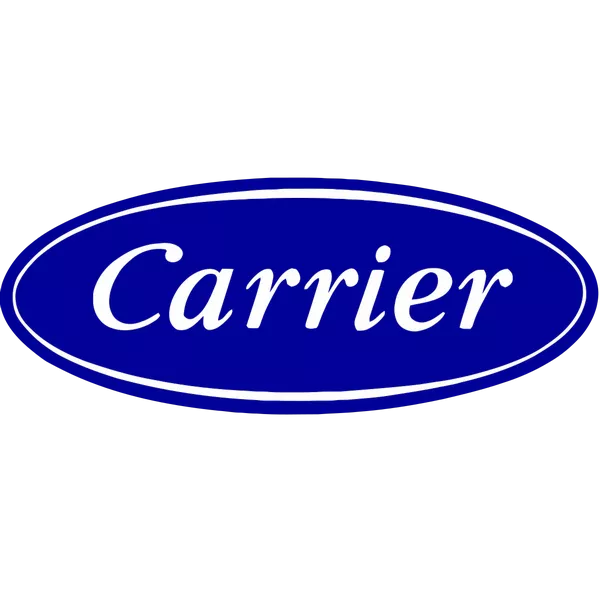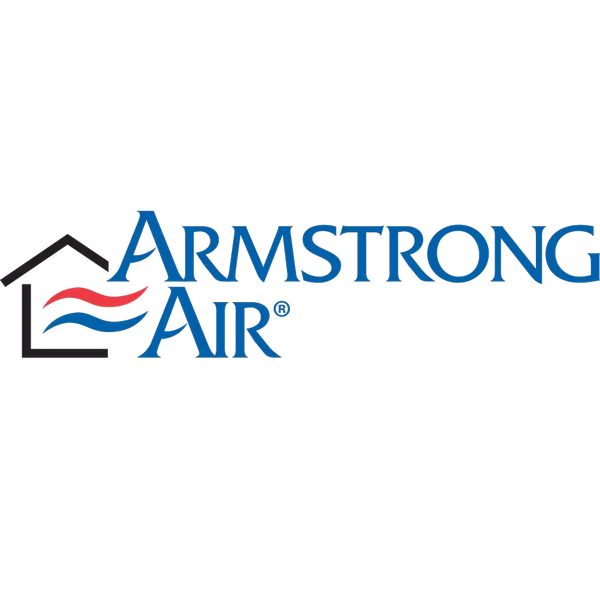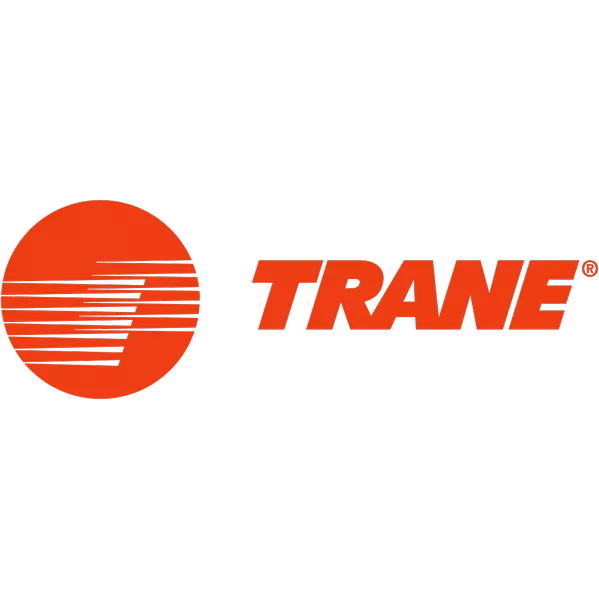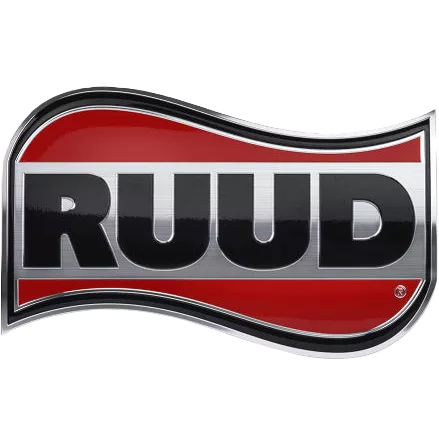Carrier: This platform is designed as one coordinated comfort system rather than three boxes taking turns. For apples-to-apples evaluation we use the Infinity 26 variable-speed central AC, Infinity 98 modulating gas furnace, and Infinity 24 variable-speed heat pump. Everything below reflects how this communicating trio behaves as a matched set in 2 to 4 ton homes with real-world ducts.
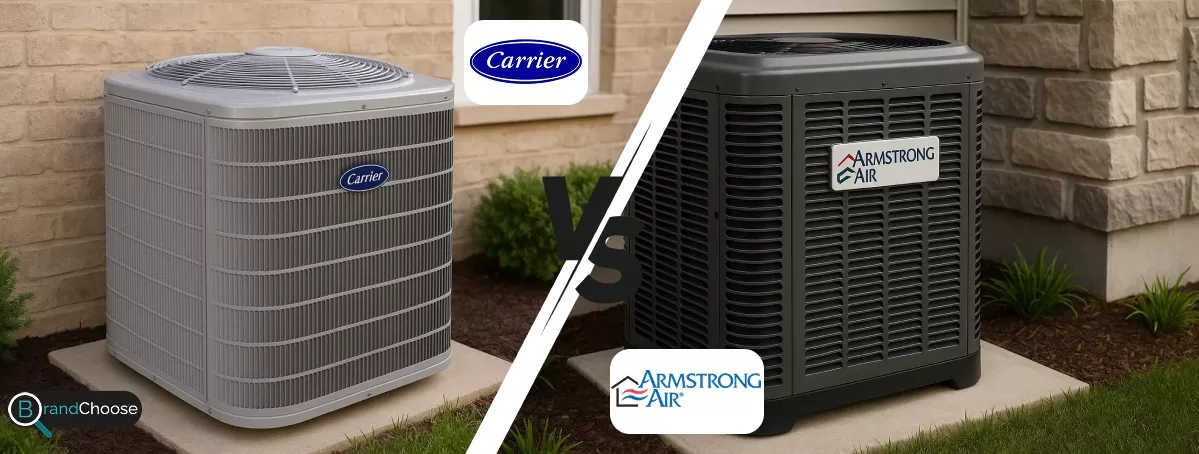
Armstrong Air: The top tier focuses on refined part-load control and an installer-forward control strategy. Our reference stack is the SCU23LX variable-capacity central AC, the A97MV modulating gas furnace, and the 4SHP23LX variable-capacity heat pump. The judgments that follow look at how this trio performs together as a documented, communicating system rather than as stand-alone units.
Product Selection
| Primary Use Case | Carrier | Armstrong Air | ||
| Air Conditioner | Infinity 26 | 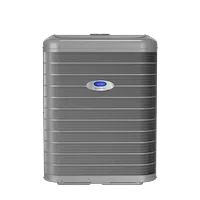 |
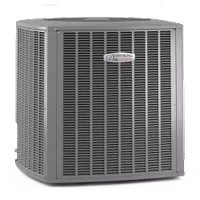 |
SCU23LX |
| Gas Furnace | Infinity 98 | 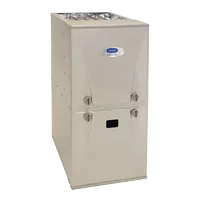 |
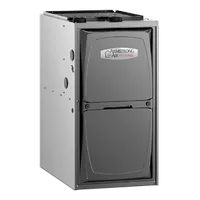 |
A97MV |
| Heat Pump | Infinity 24 | 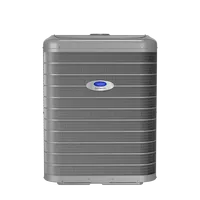 |
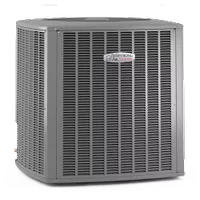 |
4SHP23LX |
🟦 Carrier: Tiering is straightforward for shoppers and pros alike: Infinity at the top, then Performance and Comfort. The value is not only the labels but the published matched-system “recipes” that tie the outdoor unit, indoor coil or furnace, and the communicating thermostat together. That structure preserves staging behavior and ratings as capacity changes, and it gives a clean path for future add-ons like zoning or advanced IAQ without rethinking compatibility.
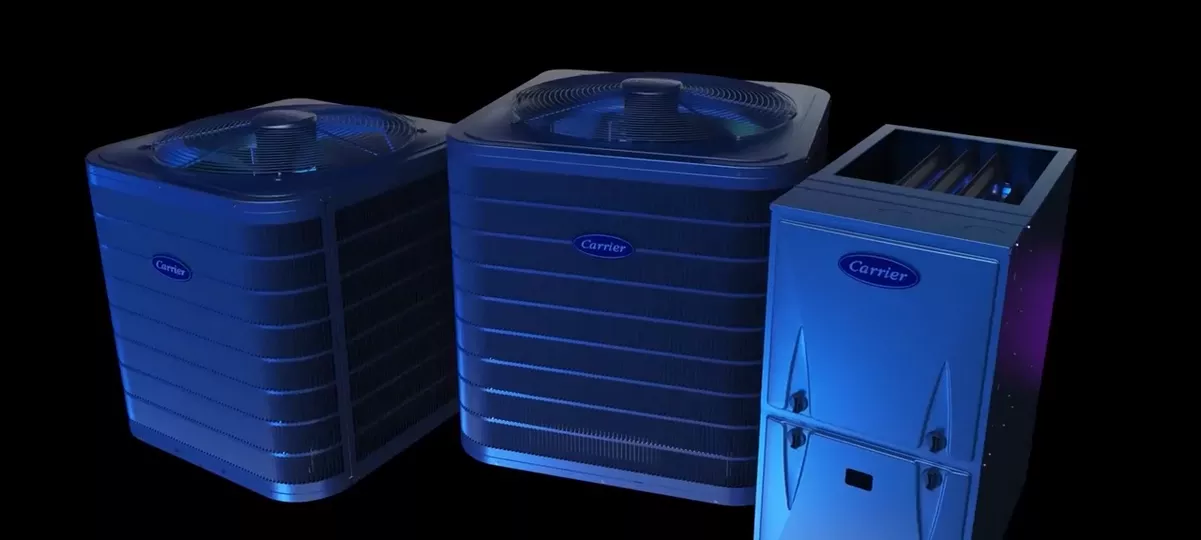
🟪 Armstrong Air: The catalog climbs neatly from single-stage to two-stage to full variable capacity, with the premium pieces sitting clearly at the top. The SCU23LX + A97MV + 4SHP23LX combo shows up often where homeowners want inverter calm and a modulating furnace without a complex interface. Matchup tables spell out coil and control pairings, which keeps features intact if the job needs to move between 2, 3, or 4 tons or add zoning later.
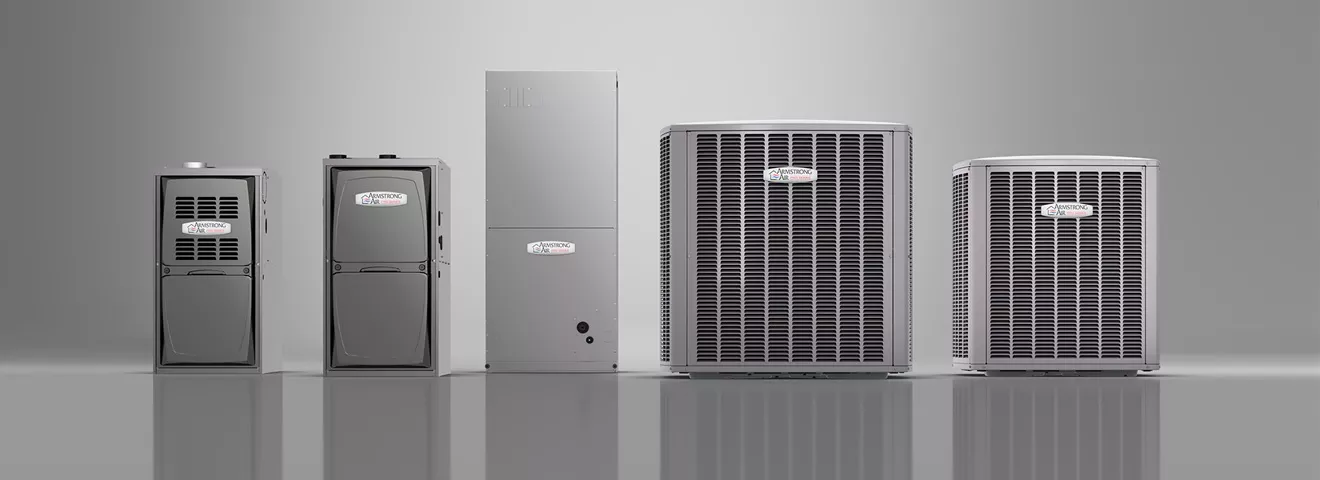
✅ Verdict: Carrier reads slightly more shopper-friendly thanks to a highly linear ladder and extensive matched-set documentation, while Armstrong Air is equally coherent and earns points for tidy pairing charts that installers like to follow.
Customer Support & Warranty
🟦 Carrier: Registration delivers 10-year parts on premium gear and robust heat-exchanger terms. In season, owners feel process maturity: dense dealer coverage, common boards and ECM motors on the shelf (ECM is an electronically commutated motor that varies speed precisely), and a communicating thermostat that retains equipment IDs, event logs, and sensor histories after swaps. That turns many midsummer calls into diagnose, part, done.
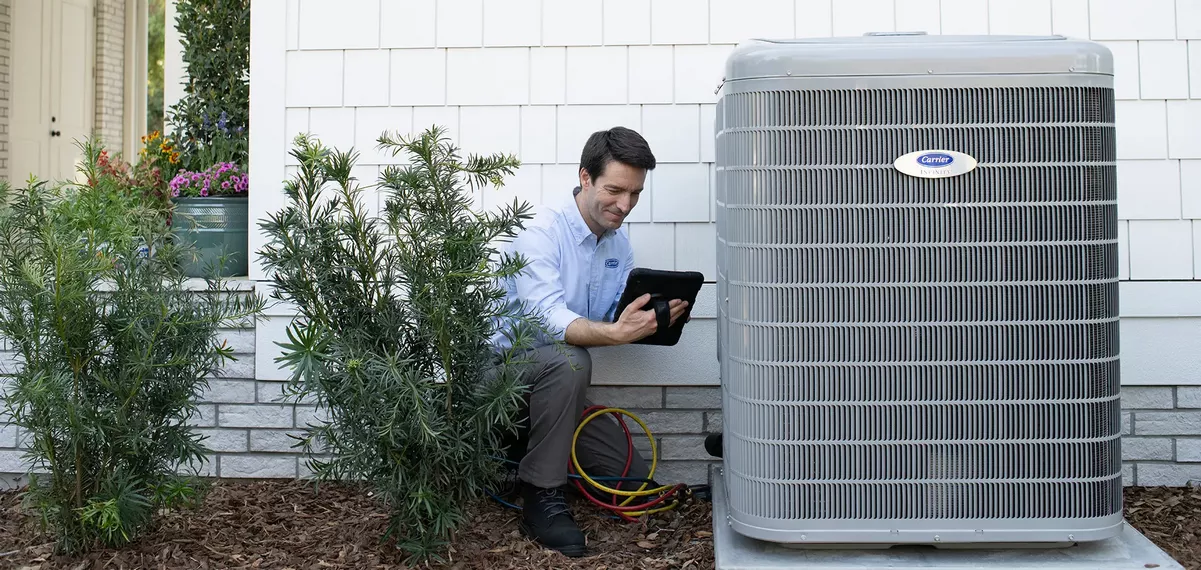
🟪 Armstrong Air: Registration likewise brings 10-year parts and strong exchanger coverage on the A97MV. Support quality tracks the local distributor network, but documentation is consistent and clear about approved coil and thermostat pairings, so variable-capacity behavior survives service events. Where wholesalers stock the usual boards, sensors, and ECM modules, turnaround is brisk and repeat visits are rare.

✅ Verdict: Carrier has the edge on coast-to-coast uniformity and deeper control logs, while Armstrong Air runs smoothly in markets with solid stocking and dealers who stick to the published matchups.
Energy Efficiency
🟦 Carrier: The Infinity 26 and Infinity 24 sit in the premium SEER2 bracket (SEER2 is the current seasonal cooling-efficiency test), and the Infinity 98 reaches ultra-high AFUE (AFUE is gas-furnace fuel-to-heat efficiency). Savings show up at partial load as the inverter compressor and variable-speed blower stretch cycles at low power, trimming on off losses while holding temperature and humidity steady. With sealed ducts and charge verified by superheat and subcool checks (temperature confirmations that refrigerant is boiling and condensing in the right places), double-digit reductions versus 12–14 SEER legacy gear are routine.
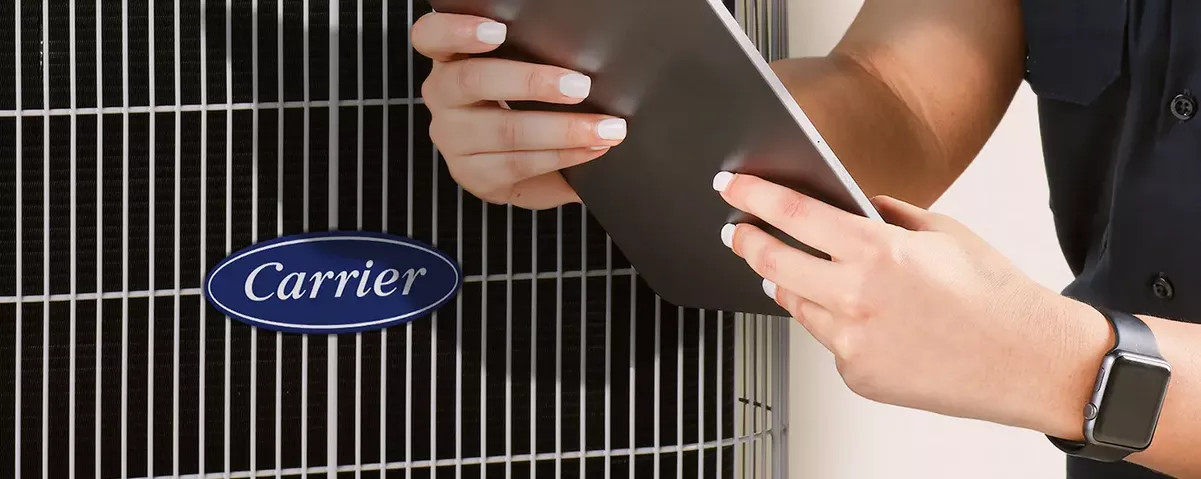
🟪 Armstrong Air: The SCU23LX/4SHP23LX pairing targets upper-tier SEER2/HSPF2 results (HSPF2 is seasonal heating efficiency for heat pumps), and the A97MV sits in ultra-high AFUE while coordinating gentle airflow ramps. Low-speed depth keeps coil temperature aligned to fan cfm so latent and sensible work stay balanced in muggy weather (latent is moisture removal, sensible is temperature change). With airflow near 350–400 cfm per ton and a verified charge, the headline numbers translate into steady bills without chasing lower setpoints.
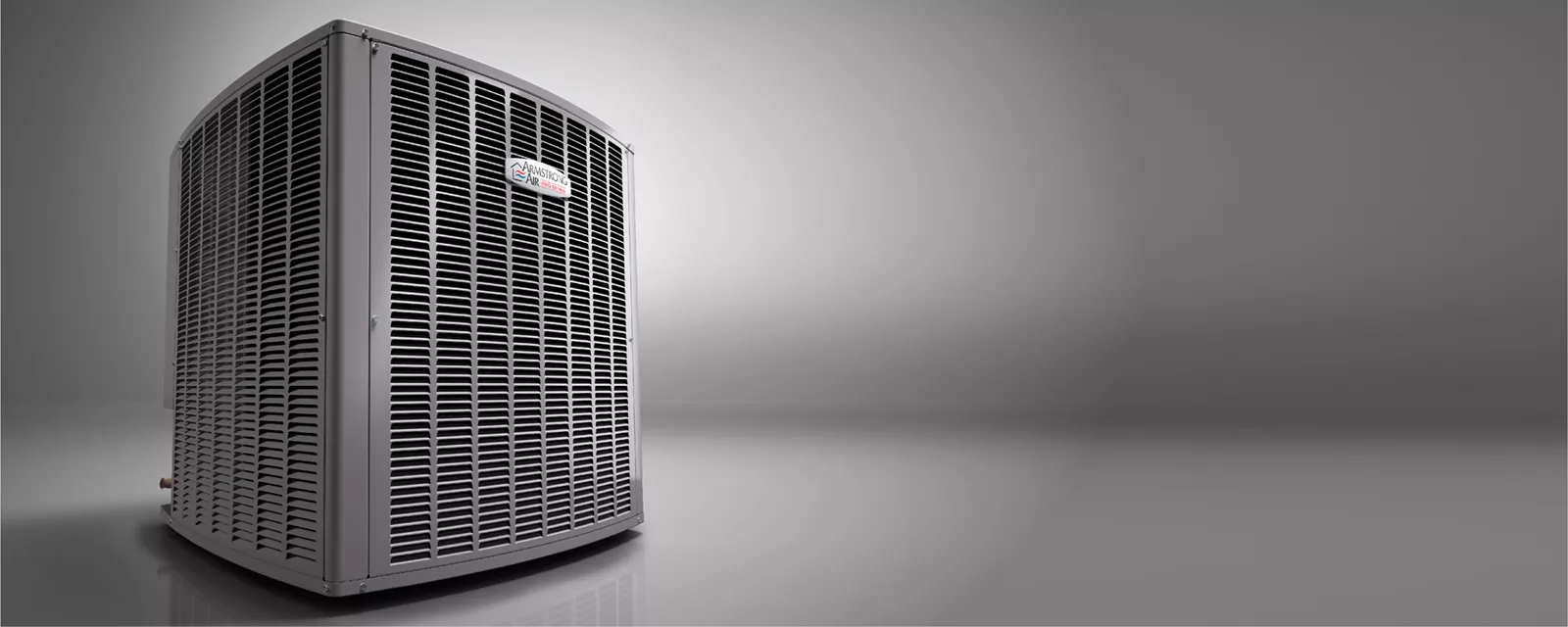
✅ Verdict: Carrier tends to post higher peak ratings and converts them into real-home savings via deep turndown and humidity control, while Armstrong Air delivers essentially the same outcome when airflow and charge are dialed in.
Smart Features & Connectivity
🟦 Carrier: Carrier tends to post higher peak ratings and converts them into real-home savings via deep turndown and humidity control, while Armstrong Air delivers essentially the same outcome when airflow and charge are dialed in.

🟪 Armstrong Air: The flagship control stack offers communicating operation that handles variable capacity, humidity targets, schedules, and zoning while keeping the homeowner interface straightforward. Diagnostics surface coil and fan behavior, and IAQ accessories are treated as matched components rather than bolt-ons, so feature flags remain intact after repairs or upgrades.

✅ Verdict: Carrier brings the most granular one-brain orchestration with rich logs useful to service teams, while Armstrong Air matches the core levers with a cleaner, low-fuss interface that many owners will find easier to live with.
Noise Level
🟦 Carrier: At everyday loads the inverter condenser idles at low rpm and the variable-speed ECM blower stays near its lower tables (ECM is an electronically commutated motor that modulates speed precisely). The top-discharge fan throws air upward, which reduces reflections off siding in tight setbacks, and the compressor rides on isolators that blunt cabinet resonance. A big share of indoor quiet is earned by keeping external static pressure reasonable in the duct system (external static is airflow resistance, measured in inches of water column). When returns are adequately sized and filter racks are sealed, ramps are gradual and the registers sound like a steady exhale rather than a whoosh.
🟪 Armstrong Air: The SCU23LX and 4SHP23LX settle into long, low-capacity cycles where blade passage noise and compressor pitch drop below the backyard sound floor. Cabinet mass and swept-blade geometry help bury higher tones, while the A97MV furnace maps small blower increments that avoid pressure spikes in older trunks. Quiet still depends on the basics – a level pad, a short flex section on the line set to decouple vibration, and outdoor clearance that prevents sound from bouncing back at the unit.
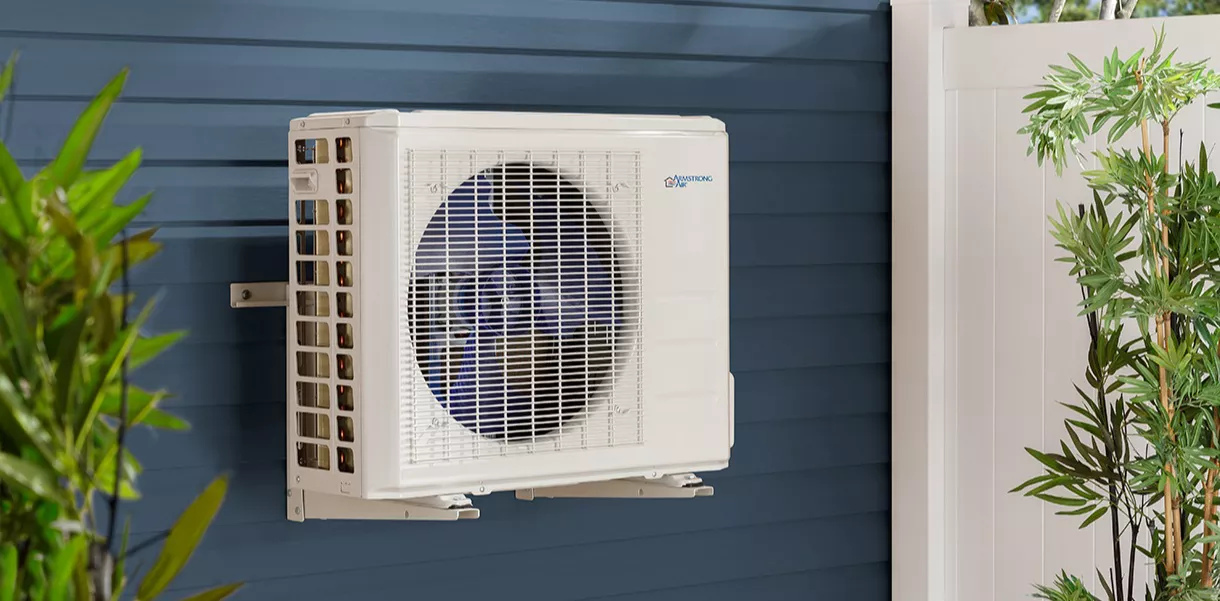
✅ Verdict: Carrier is usually the safer pick for hush in high-static duct systems and tight lot lines. Armstrong Air is impressively subdued at sustained low speed when placement and return sizing are right.
Cost & Affordability
🟦 Carrier: True variable capacity with a communicating control prices at the top of the residential market. Typical installed ranges for a 3-ton reference, standard labor, no duct overhaul: AC only Infinity 26 at 12,000–20,000 USD, furnace only Infinity 98 at 6,000–10,000 USD, heat pump only Infinity 24 at 13,000–22,000 USD. A matched AC + furnace bundle commonly lands 16,000–30,000 USD, and dual-fuel configurations often 18,000–34,000 USD. Electrical upgrades, crane time, and static-correction duct work add 10–25 percent, while rebates and off-season promos can trim the total.
🟪 Armstrong Air: Quotes at the same comfort tier often undercut by a notch like for like. Common 3-ton figures: AC only SCU23LX 10,500–18,500 USD, furnace only A97MV 5,500–9,500 USD, heat pump only 4SHP23LX 12,000–20,500 USD. A matched AC + furnace typically prices 15,000–28,000 USD, and dual-fuel about 17,000–31,000 USD. Spreads are driven more by zoning, IAQ add-ons, and any duct remediation than by the logo on the panel.

✅ Verdict: Expect top-tier pricing in exchange for deep turndown, humidity logic, and one-ecosystem polish. Expect top-tier pricing in exchange for deep turndown, humidity logic, and one-ecosystem polish.
Reliability & Durability
🟦 Carrier: Powder-coated cabinets, tight gasketing, and all-aluminum indoor coils help head off formicary corrosion over time (formicary corrosion is microscopic copper pitting sparked by household organics). The communicating thermostat logs sensor values and faults, turning intermittent issues into traceable patterns, and long low-power runs reduce mechanical stress compared with frequent starts. Longevity still depends on fundamentals: a weighed-in charge confirmed by superheat and subcool readings (temperature checks that verify refrigerant is boiling and condensing in the right places), airflow near 350–400 cfm per ton (target airflow per ton of cooling), and clean indoor and outdoor coils.
🟪 Armstrong Air: Coated steel panels and aluminum coils stabilize heat transfer, while the A97MV furnace’s gentle ramps cut daily wear on bearings and belts. Documentation for approved coil and control pairings is tidy, which helps preserve variable behavior after a board or coil swap. Real outcomes still rise or fall on distributor stocking and craft: sealed returns to control static, deep evacuation, and verification of charge and airflow before handoff.

✅ Verdict: Durable hardware plus rich diagnostics translates to low-drama service when installers follow the checklist. Durable hardware plus rich diagnostics translates to low-drama service when installers follow the checklist.
Cooling Performance
🟦 Carrier: Comfort is built around stretching cycles at low power so the evaporator stays in the sweet spot for both sensible and latent work (sensible is temperature change, latent is moisture removal). During humidity pulls the control trims cfm per ton so the coil runs slightly colder for longer, lifting moisture without overshooting the thermostat. In practice you see a steady supply-air delta-T across the coil (delta-T is return-to-supply temperature drop) and indoor RH living in the mid-40 to near-50 percent band through muggy afternoons.
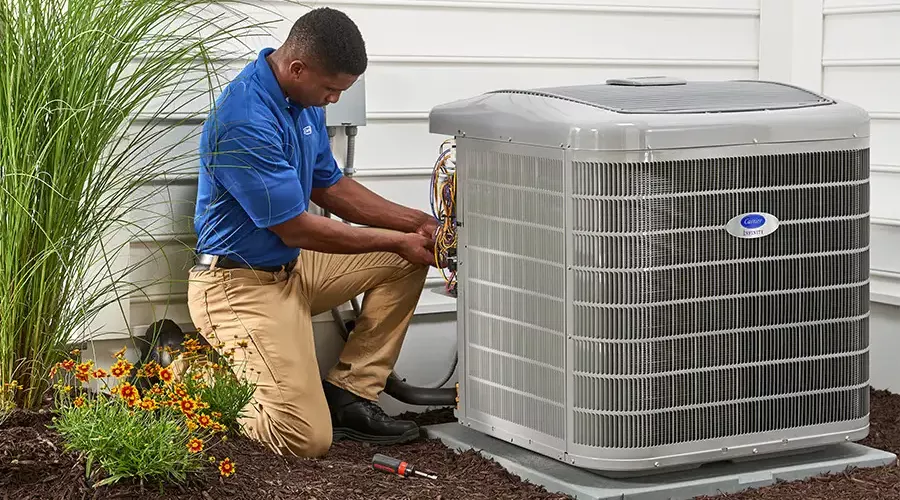
🟪 Goodman: Deep low-speed capacity keeps coil temperature aligned with fan airflow so SHR stays balanced (SHR, sensible heat ratio, is the share of total cooling devoted to temperature rather than moisture). Longer quiet runs push air to far branches, avoiding the cool-but-clammy feel that short cycling creates. With a correctly set TXV (thermostatic expansion valve that meters refrigerant to keep the coil in range), a matched indoor coil, and verified charge, rooms feel dry-comfortable while holding setpoint.
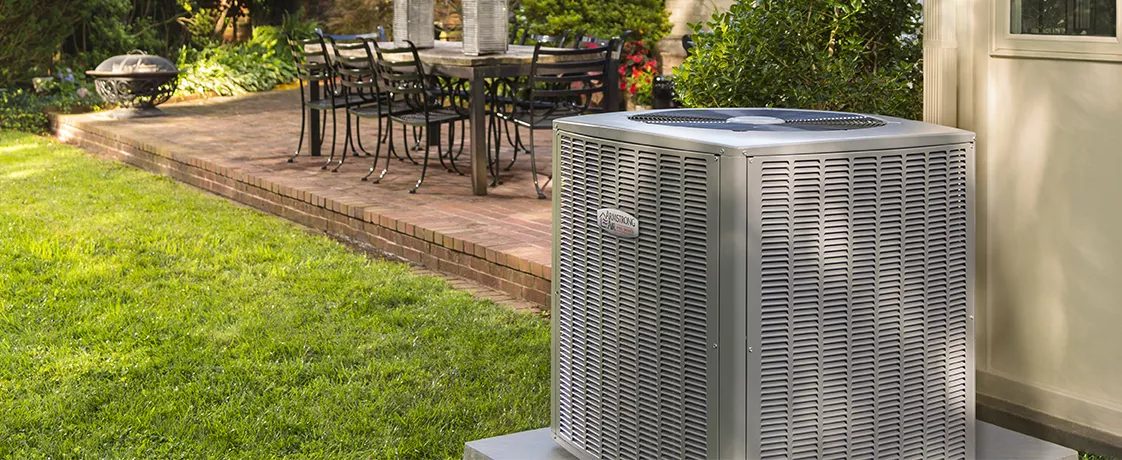
✅ Verdict: Dehumidify-on-demand and deep turndown yield tight RH control without chasing lower setpoints. Dehumidify-on-demand and deep turndown yield tight RH control without chasing lower setpoints.
Heating Performance
🟦 Carrier: On cold nights the Infinity 98 modulates in fine fuel steps while the variable-speed blower nudges airflow to match load, so supply air feels steady rather than surge-and-coast. The Infinity 24 heat pump carries mild days at low rpm, and defrost events are softened by coordinated blower ramps that avoid chilly drafts. In dual fuel, the control uses a configurable balance point - the outdoor temperature where gas is preferable for comfort or cost - so the switch between electric and gas heat feels seamless and sensible.
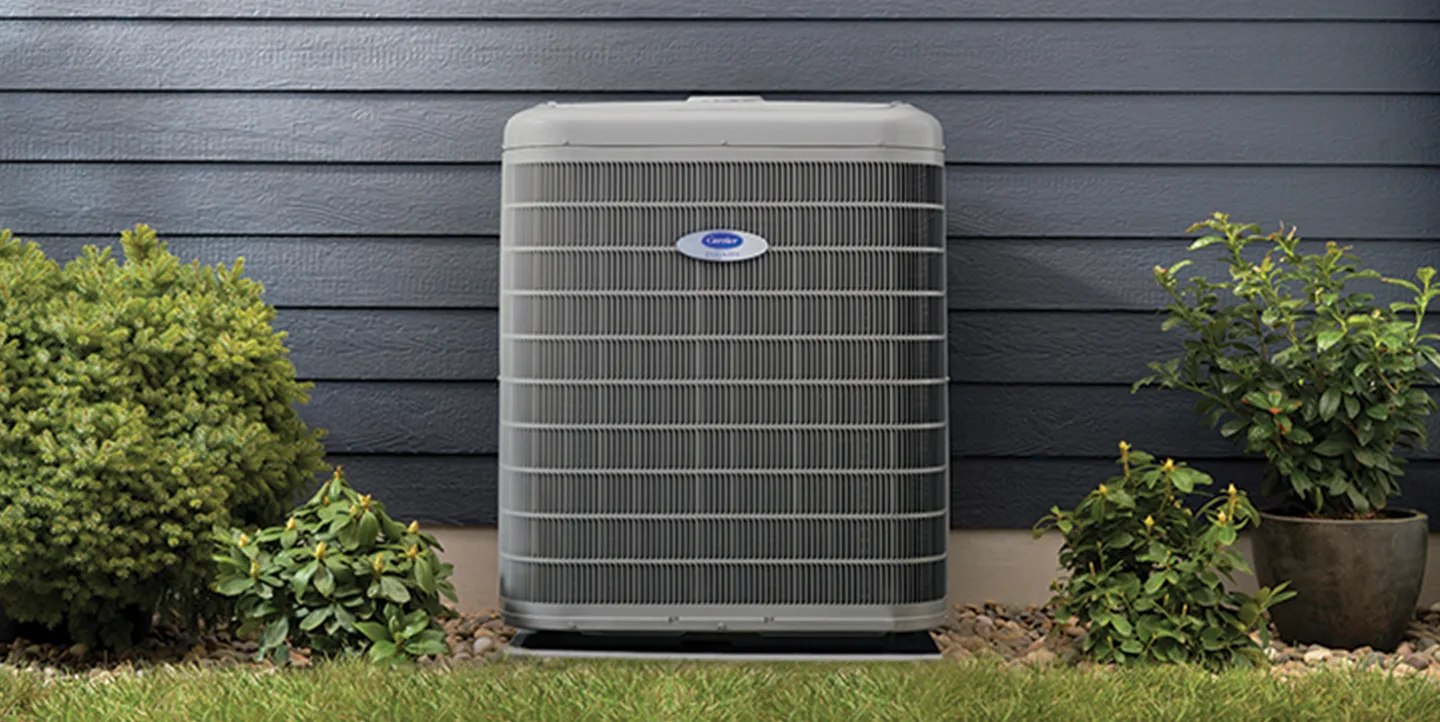
🟪 Goodman: The A97MV is likewise a true modulating furnace, trimming input smoothly across long runs and keeping room temps even during overnight drops. The 4SHP23LX maintains useful low-speed capacity in shoulder seasons, and demand-defrost logic keeps interruptions brief. Dual-fuel setups are straightforward to program so electric covers mild weather while gas steps in during real cold, preserving both comfort and operating cost.
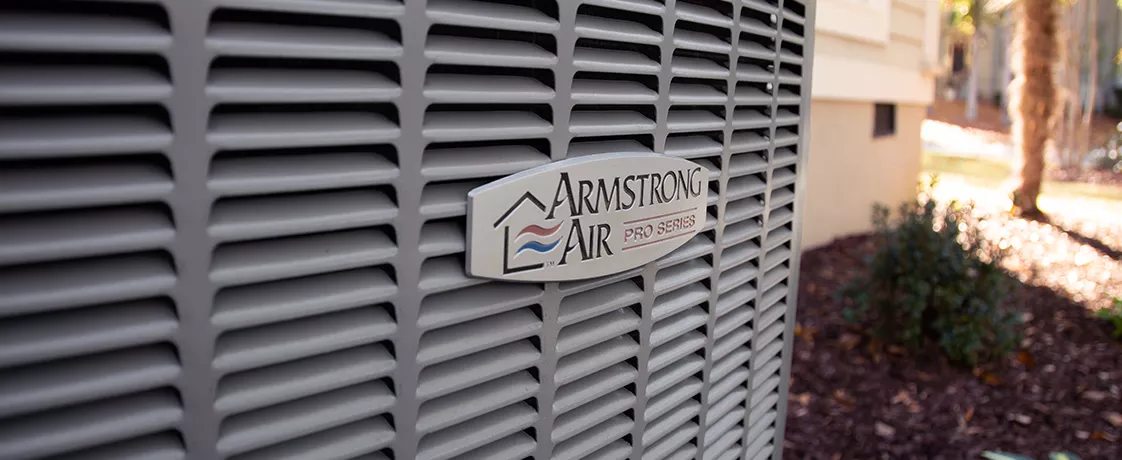
✅ Verdict: Carrier is a touch more polished at dual-fuel handoffs and post-defrost recovery, while Armstrong Air delivers equally calm, even heat during long modulating runs.
Indoor Air-Quality Enhancements
🟦 Carrier: Filtration, humidity and ventilation are orchestrated under the Infinity control. High-MERV media cabinets drop in cleanly - MERV rates how small a particle a filter can capture - and whole-home humidifiers or dehumidifiers are tied to blower targets so you do not create noise or static spikes. Fresh air can be balanced with ERV or HRV modules - energy or heat recovery ventilators that exchange heat or moisture with incoming air - and the control can trim cfm per ton during sticky weather to keep the coil a bit colder for stronger latent removal without overcooling rooms.

🟪 Armstrong Air: IAQ components are treated as matched parts of the system. Media filtration, electronic cleaners, and ERV or HRV ventilation integrate with profiles that protect blower limits, which keeps external static pressure - the duct system’s airflow resistance, measured in inches of water column - within spec. Long low-speed cycles increase filter contact time and maintain a coil temperature that pulls moisture efficiently, so rooms feel clean and dry without chasing lower setpoints.

✅ Verdict: Carrier offers slightly tighter one-umbrella choreography of filtration, humidity and ventilation, while Armstrong Air keeps airflow targets predictable after IAQ add-ons, preserving low-speed quiet.
Installation & Serviceability
🟦 Carrier: Best results start with Manual J load, Manual S equipment selection, and Manual D duct design, then get proven on site. Commissioning targets 350–400 cfm per ton, total external static at or below equipment ratings, deep evacuation, and a charge verified by superheat and subcool readings - temperature checks that confirm the refrigerant is boiling and condensing where it should. The Infinity control logs faults and surfaces coil, compressor and blower data, so a tech can validate coil delta-T - return-to-supply temperature drop - and fix causes rather than symptoms in peak season.
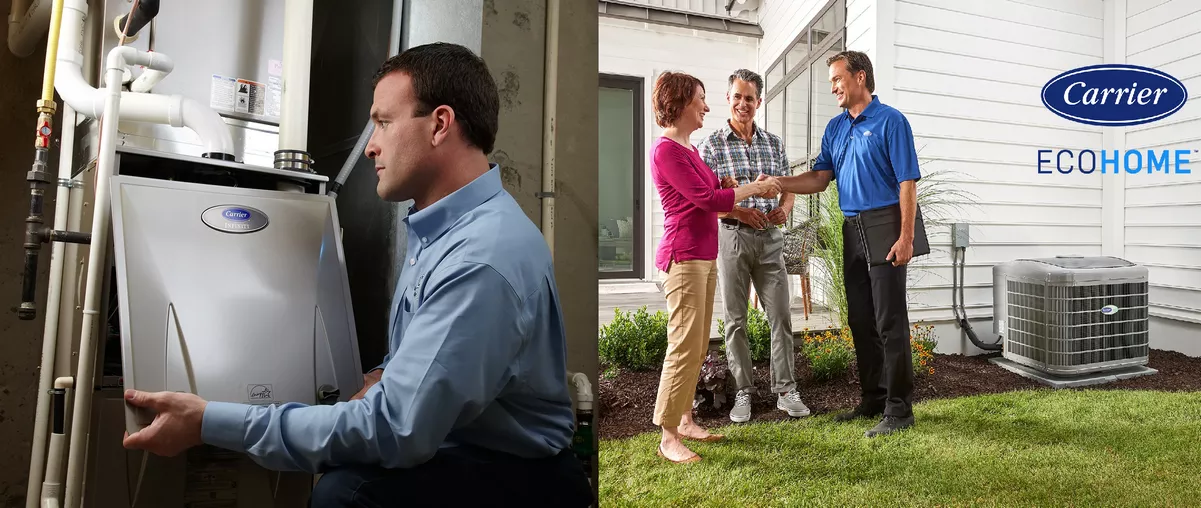
🟪 Armstrong Air: The same discipline applies. Clear matchup tables preserve variable behavior after coil or board swaps, service access to blowers and controls is direct, and diagnostics expose the airflow and temperature points that matter. A correctly set TXV - a thermostatic expansion valve that meters refrigerant to keep the coil in range - plus weighed-in charge and sealed returns produce repeatable comfort without hunting for settings.
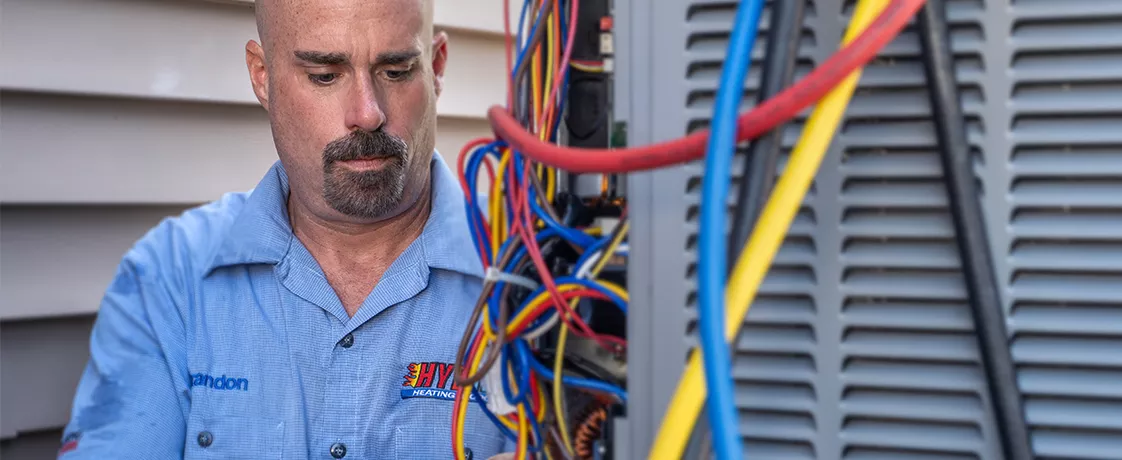
✅ Verdict: Carrier brings richer logs and very uniform service playbooks, while Armstrong Air rewards by-the-book commissioning with fast, predictable service and stable features after repairs.
Quick Buyer Match Guide
🟦🟦 Choose Carrier if you
You want a tightly integrated communicating ecosystem with seamless dual-fuel behavior, polished humidity control, and deep diagnostics that shorten midsummer service calls.
🟪🟪 Choose Armstrong Air if you
You prefer an installer-friendly premium stack that modulates smoothly, prices a notch friendlier in many quotes, and keeps IAQ upgrades and zoning straightforward without complicating day-to-day use.
Conclusion
Both lineups deliver real variable-capacity comfort, quiet low-speed operation, and modern diagnostics. Carrier leans into a one-brain system that coordinates airflow, staging, humidity and ventilation with impressive polish, especially in mixed-climate dual-fuel homes. Armstrong Air counters with a calm, modulating feel, tidy documentation that installers appreciate, and a simpler ownership experience that still hits premium performance when the fundamentals - load, ducts, charge and airflow - are done right. If you want the most cohesive ecosystem and service data depth, pick Carrier. If you want flagship comfort with a cleaner path to commissioning and often a friendlier quote, pick Armstrong Air.

